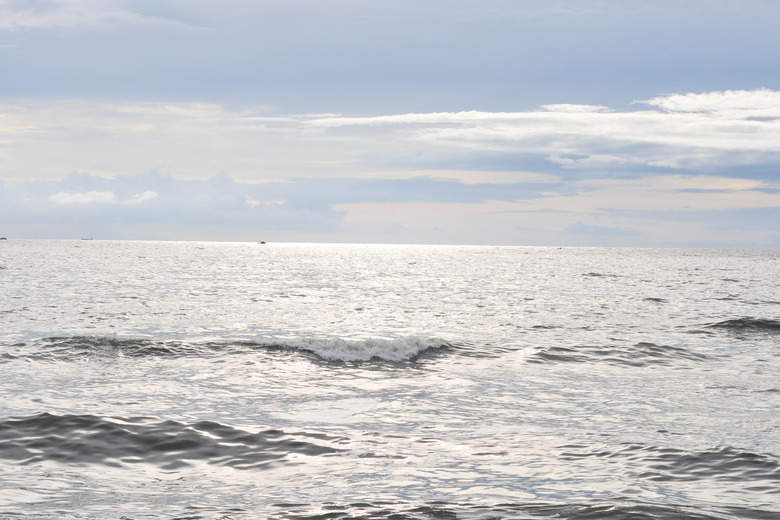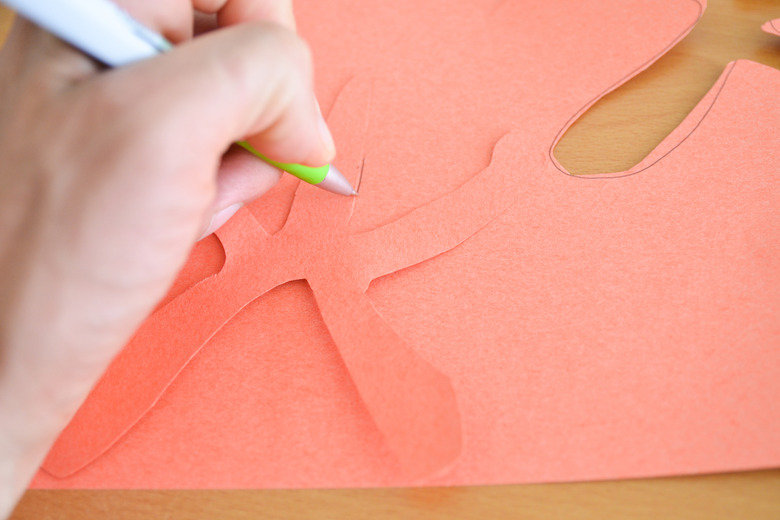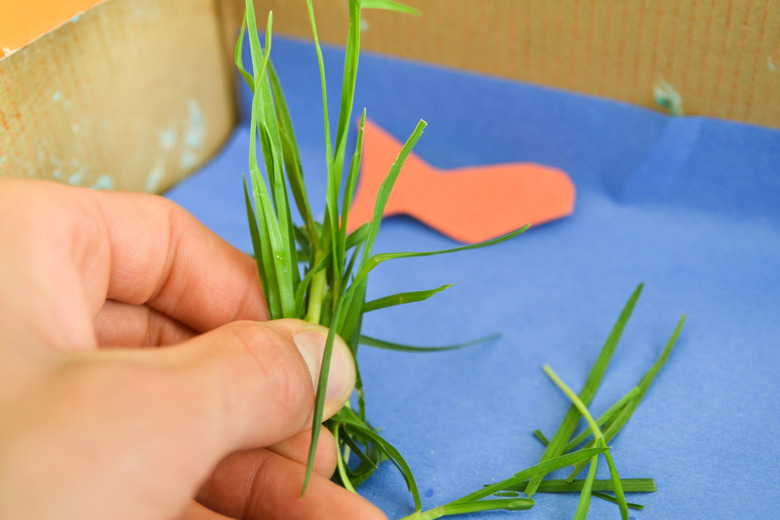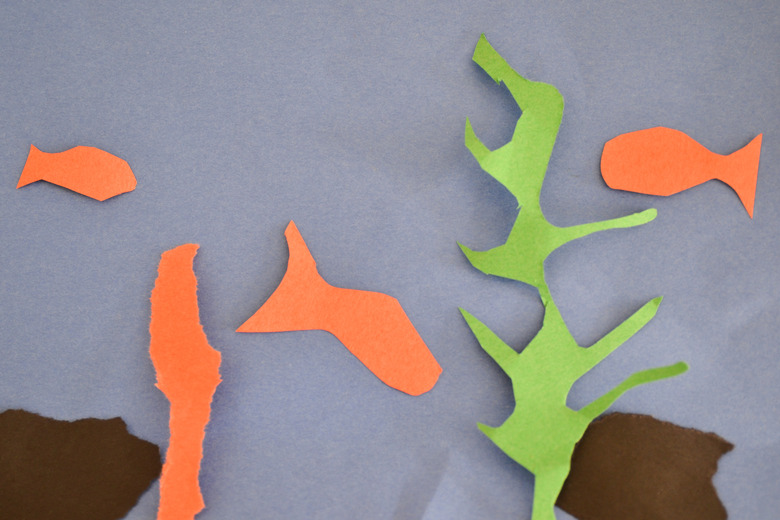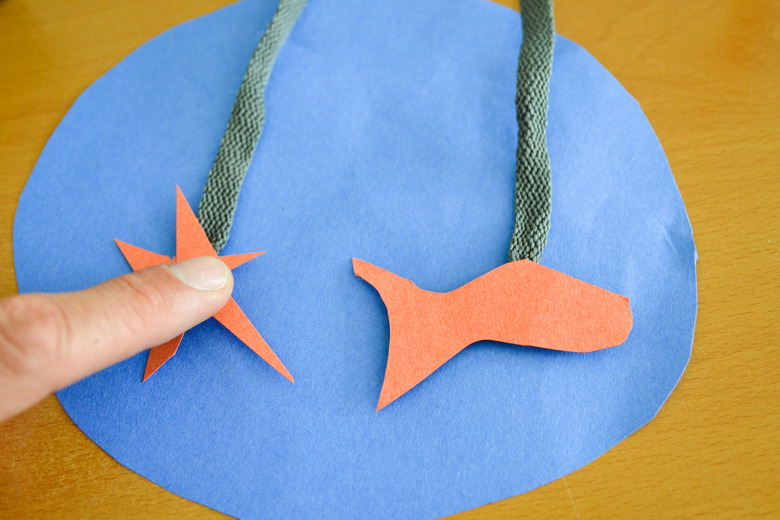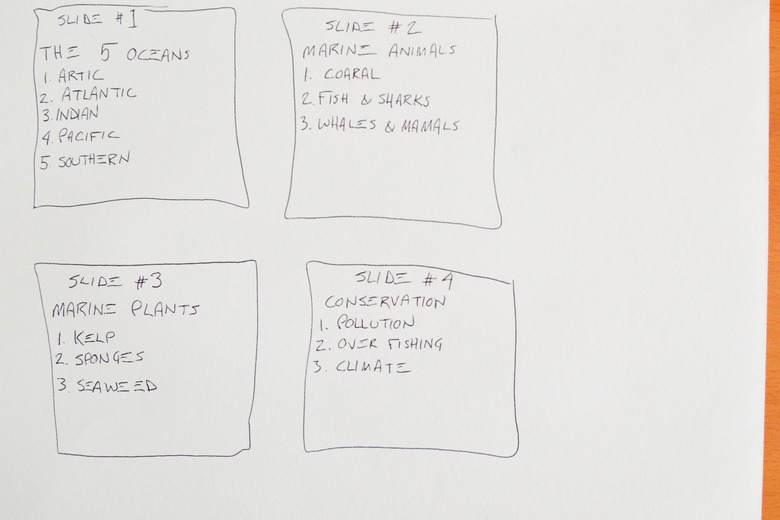Ocean Habitat School Project
Seventy percent of the Earth is covered with water, and all life — human, plant and animal — depends on water to survive. The majority of this water is in the oceans of the world, which provide food for animals and humans, transportation, energy, medicine, minerals and natural resources. Without oceans, life on Earth could not exist, so learning about the balance of life in the ocean habitat is key to protecting and maintaining it for future generations. A school project not only helps you understand the watery biomes of the world but also gives you an opportunity to create a piece that can educate others on the importance of responsible ocean conservation practices.
Shape Book
Shape Book
Young children can make an ocean shape book to record facts they learn about life underwater. Cut two matching simple ocean shapes, such as a whale, shark or starfish, out of construction paper or tag board. Trace the shape several times on writing paper (lined or blank) and cut out the shapes for book pages. You can write a fact on each page about the animal whose shape you are using or put a different plant or animal on each page for a collection of sea-life facts. You can also include tips on protecting the ocean habitat. Illustrate each page. Write a title and author's name on the cover and illustrate. Use staples or tie-bindings to finish.
Diorama
Diorama
An ocean diorama makes a visually appealing display as scientific artwork or an oral presentation. Cover the inside of a small box (such as a shoebox) with blue paper or cellophane. Use your imagination for materials that resemble underwater plants and animals, such as sponges out of kitchen sponges or crepe streamers for seaweed. Create anemones, corals and sea floor rocks. Color and cut out clown fish, triggerfish, damsels, swordfish, sharks, whales, starfish, sea turtles, jellyfish, seahorses, octopi, crabs, clams, oysters and other marine life. Dangle them from the ceiling of the diorama or place them in among the rocks and corals to create a scene of underwater life.
Mural
Mural
A mural can serve as a permanent or semi-permanent reminder to others of the delicate balance of life in the ocean that needs to be protected. It can be an individual or group project. On a large sheet of paper, draw an ocean scene that depicts how marine plants and animals depend on one another to maintain the ecological balance necessary to survive. Make it colorful, using a lot of background and foreground details for visual interest. If you can find a local artist to help you and get permission to paint a school or community wall, you can section off your picture as a grid to transfer a large-scale copy to the wall. Otherwise, create your scene on a long sheet of butcher paper and display in a school hallway.
Paper Plate Ocean
Paper Plate Ocean
Take the ocean home with you to help you explain to friends and family that marine habitats need everyone's help to stay healthy. Cut the bottom out of a paper plate, leaving the rim intact. Cover the hole with clear or blue cellophane. Color a second plate blue or cover it with blue paper. Color and cut out shapes of ocean life and attach them to short pieces of string or yarn. Tape the free end of the string to the interior of the plate so it hangs down in the window. Staple the two plates together to make a miniature aquarium and decorate the outside with markers.
Slideshow
Slideshow
If technology is your favorite way to express your knowledge, compile all your ocean research into a digital slideshow. You can include plant and animal facts, conservation tips and general ocean facts about tides, currents, weather and climate, biodiversity, topography of the ocean floor, medicine and natural resources that come from the ocean.
References
Cite This Article
MLA
Hooser, Tamara Christine Van. "Ocean Habitat School Project" sciencing.com, https://www.sciencing.com/ocean-habitat-school-project-8698560/. 24 April 2017.
APA
Hooser, Tamara Christine Van. (2017, April 24). Ocean Habitat School Project. sciencing.com. Retrieved from https://www.sciencing.com/ocean-habitat-school-project-8698560/
Chicago
Hooser, Tamara Christine Van. Ocean Habitat School Project last modified March 24, 2022. https://www.sciencing.com/ocean-habitat-school-project-8698560/
